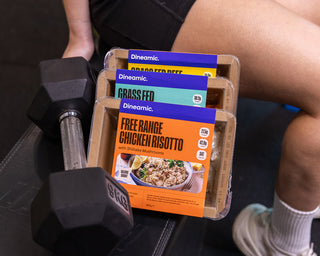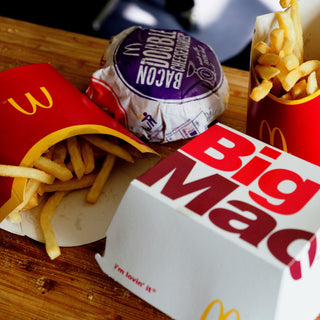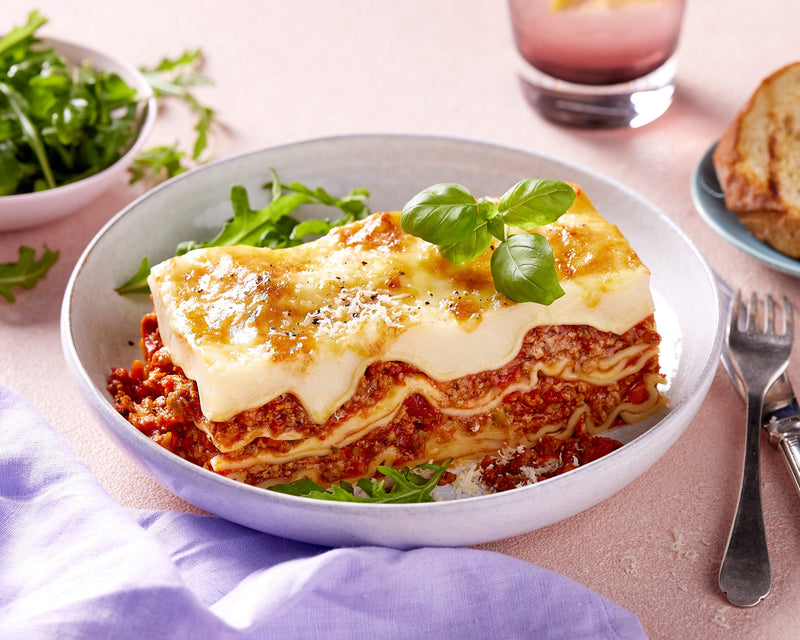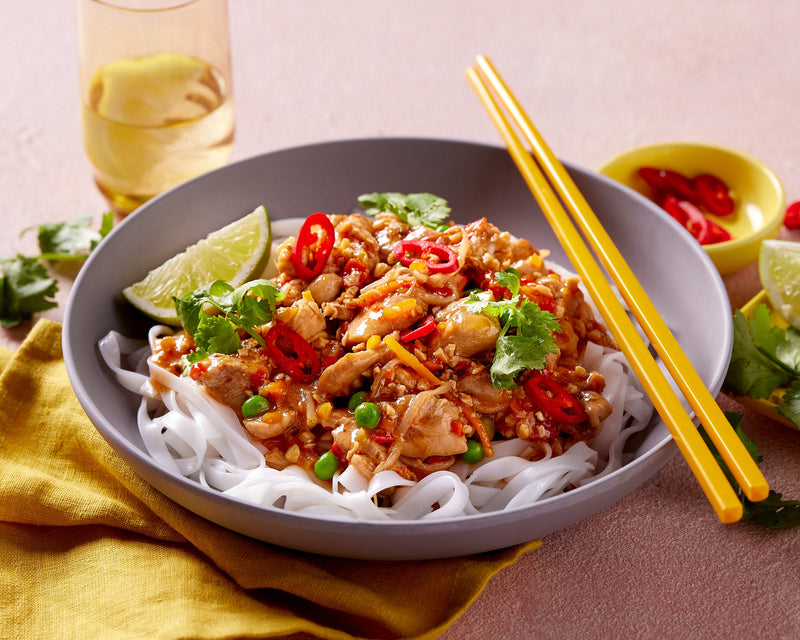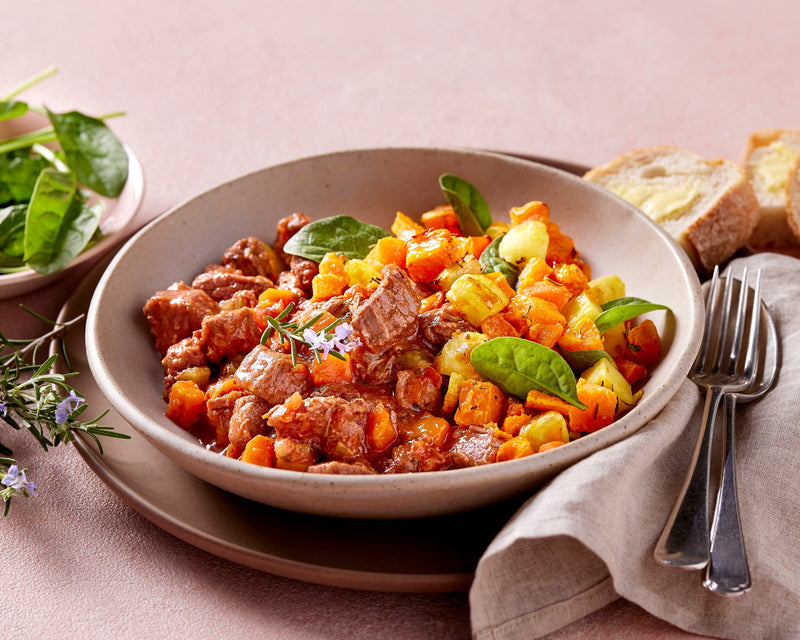The real cost
Most people want to be healthy and healthy eating on a budget is possible: let's start by destroying the myth that buying fast food is cheaper than cooking nutritious food at home. We’re not talking just about the dollars and cents we spend - in that case, with the $2 burgers on offer at the moment it becomes more challenging to compete - but we need to look further than our next “drive-thru” and look at what is happening to our own waistlines and those of our children. Granted, to prepare nutritious foods that everyone can afford means you have to put a little effort in: but it can, and is being done. Yes, the price of fresh fruit, vegetables and meat have gone up, but in the main it’s still cheaper to prepare a meal at home, especially keeping an eye on specials (not to mention growing it yourself) which make fresh food more affordable. And more of us are taking advantage of this. FareShare (a Victorian-based food charity that collects surplus food and cooks it into healthy meals for some of our most vulnerable people) has witnessed this first hand. The amount of fresh meat, fruit and vegetables FareShare collects from supermarkets has declined markedly since supermarkets embarked on aggressive, competitive discounting.
Not so fast
There’s also a misconception that it’s faster to buy takeaway food than prepare food at home. But a stir fry or a frittata can give you a meal on the table in less than half an hour with minimum effort. I don’t believe it’s lack of information and advice that’s a problem either. There’s a myriad of resources on healthy eating on a budget from highly-respected organizations. There’s advice on how to save dollars and still eat healthily: plan your week’s menu; only buy what you need; buy in bulk and freeze; use leftovers creatively to make soups, stews and fruit crumbles; buy a whole beast and use everything from top to tail in a slow cooker; forage in the farmer’s markets; form a co-op with your neighbours and share the bounty; buy in season, on special or shop at particular times; grow your own. Our challenge is to give people skills to eat healthily, on a budget: to buy and cook nutritious, quick meals and motivate them to do so with the knowledge of the benefits of healthy eating (and risks of a poor diet).
We need to engage and inspire
Jamie Oliver’s Ministry of Food and Stephanie Alexander’s school kitchen gardens are great. Seeking to engage young Victorians, FareShare has started a second kitchen where secondary school students are being taught to make nutritious meals out of quality surplus food rescued by the charity. But we need much more. Those high rating cooking shows need to focus more on healthier recipes. School kitchens should really be community kitchens. Our urban designers need to give thought to increasing access to communal cooking and dining. But what really concerns me is the accessibility of unhealthy food – it’s everywhere. Let’s make nutritious food just as affordable and accessible.
Viva la revolution!
We need a revolution which will inspire a team approach and greater collaboration to curb the rising tide of obesity. We have evidence we can change eating habits and culture – look at sushi and coffee. But it will take a major shake-up and motivators to slim our nation down. Can’t we bring the price of nutritious food down, without affecting the farmers? Is this a role for the government? Should they just put the price of unhealthy food up, like with cigarettes? We need to fast track ‘health claims’ legislation so healthy food messages can be promoted. And establish more community fruit and vegetable gardens; plant fruit trees as street plantings; plant more edible herbs, fruit and vegetables in public parks, gardens and rooftops. Let’s work with retailers and local councils to ensure inexpensive, healthy food is readily available in all areas; establish more community-based purchasing schemes for produce from markets. Some reports suggest we are spending 90% of our health spending in the last year of our lives: shouldn’t we choose to spend a little more of that money earlier, perhaps on more fruit and vegetables? Ultimately it is up to us as individuals and families to start our own revolution and make a commitment to healthy eating. We really can’t afford not to.
Article written by head of the Dineamic Nutrition team, Karen Inge and was first published at http://kareninge.com.au



